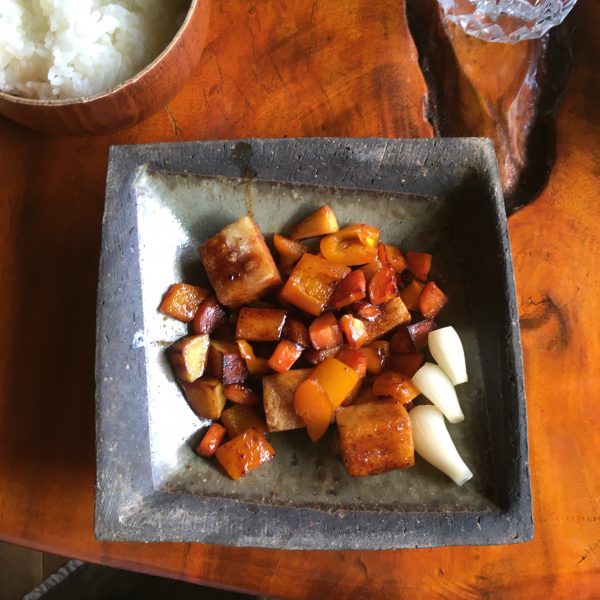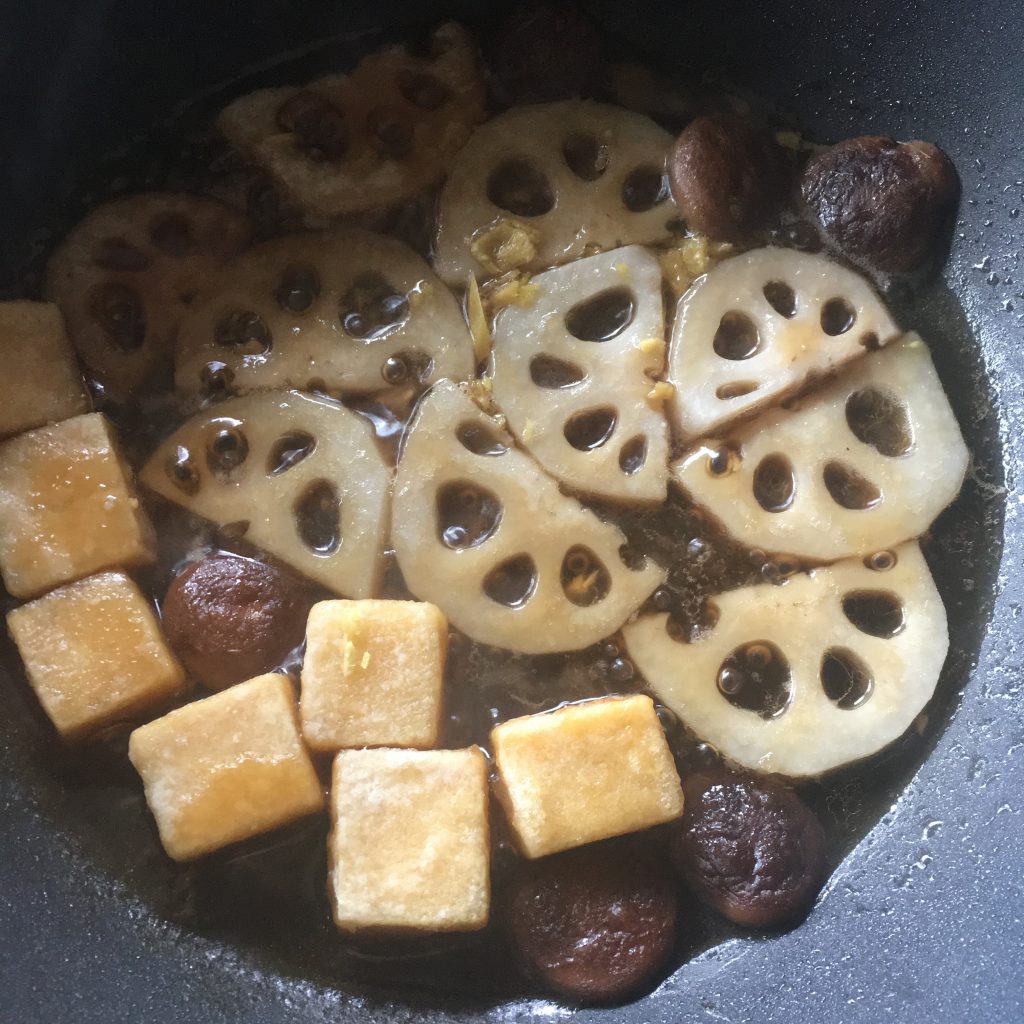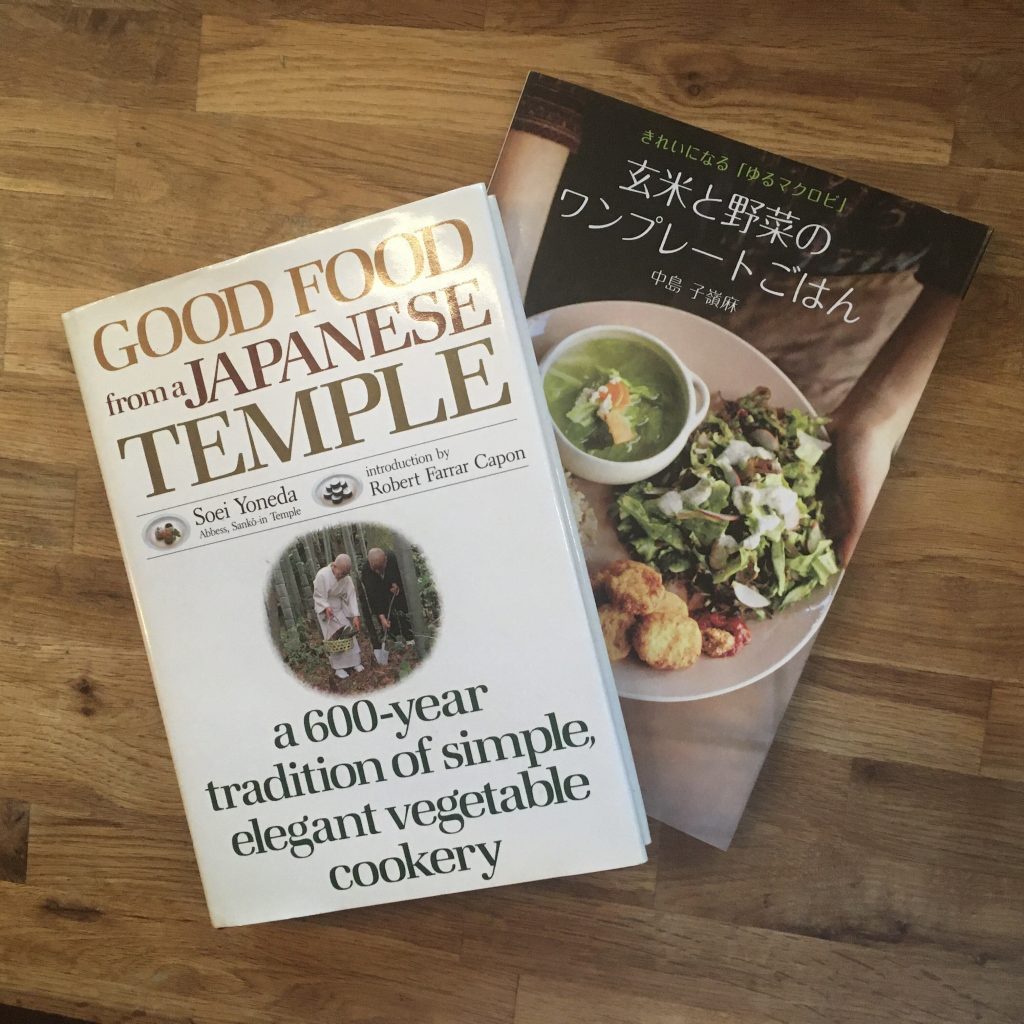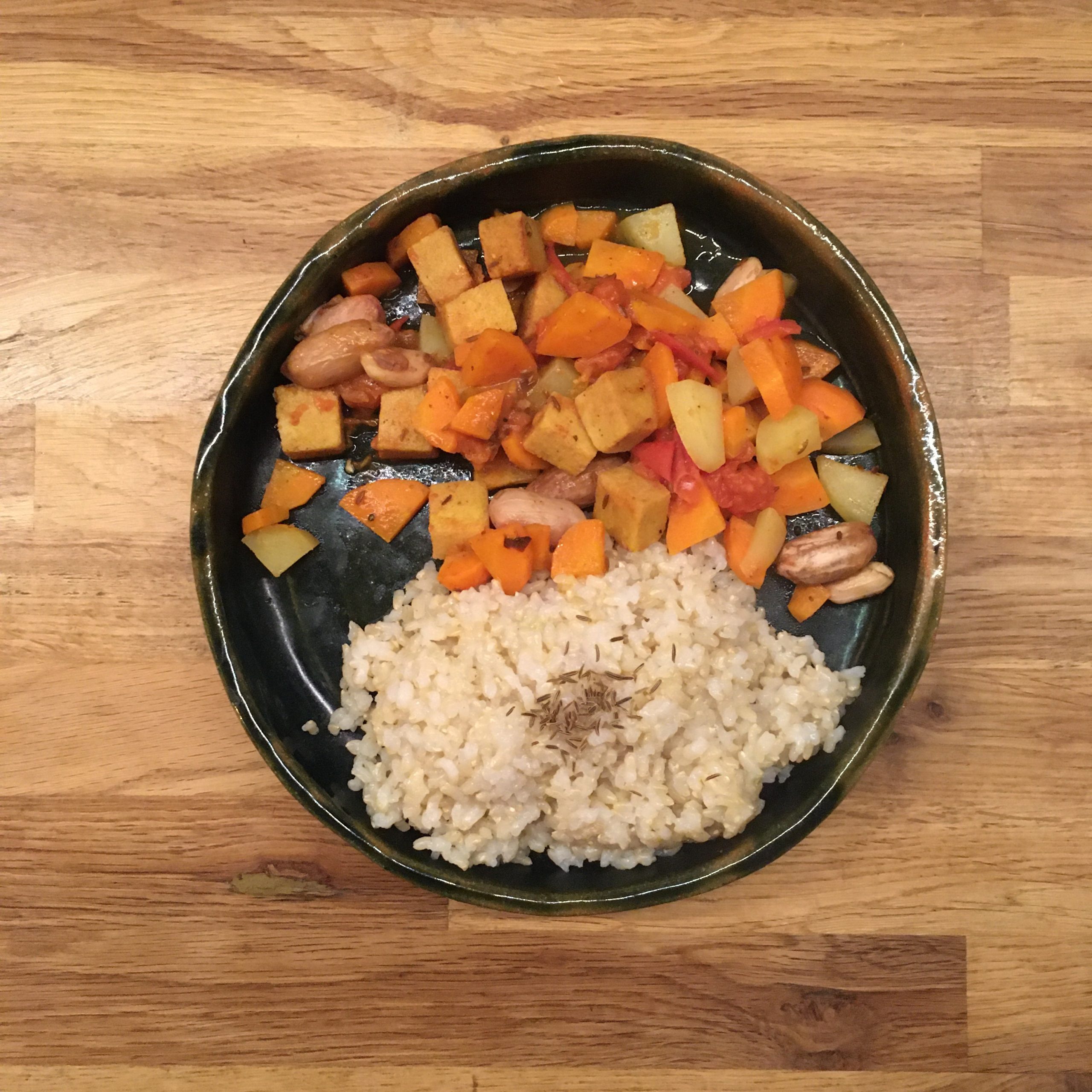Not that I have been more busy than usual, nor that I have less inspiration these days… but I’ve been cruising in the kitchen… probably because of the season sudden change and this in between moment when you don’t want to shit to the new seasonal staples too quick, but yet you have explored enough with the past season ones… eggplants, okras and cucumbers are slowly making way to pumpkins, carrots and lotus roots.
And by cruising I mean Saturday ravioli, Sunday quiche, Monday chocolate cream, Wednesday steam buns etc… etc… hopefully Sunday was rainy, so after a nice bodyboarding session in a rough ocean I spent the afternoon browsing some of my very old cookbooks that were left in Paris 20years ago, and that I just received with our cargo…
The Reboul, a must for Provencal cooking, the first edition dating back to the 19th century, that I have been using to check basic recipes when my grandmother or mother were not available… I read it with a new eye and learned many many things!
Les recettes faciles, also plenty of basic ressources that help a lot for remembering how to make a good roux, or a creamy sauce… it’s nice to go back to the basics again once in a while.
Les recettes de la table franc-comtoise is probably the most alien to me. It was a gift from A. grand mother who was from Franche-Comte, a place in France I have never stepped foot, and where cooking is based on cream… but there are some great recipes and inspirations to gather from there too and the food A. grand mother would prepare for us!

In the meantime, Japanese seasonal cooking has never been more attractive to me and I have been thinking about how to level up… while I don’t feel like going to in-person cooking class yet, I still think about Shojin cuisine…
I tested new ways of using Koyadofu, I mean new may not be the right word, but at least without any cookbook nor guidelines and made this soya sauce based stew of vegetables and koyadofu that was just a hit! The recipe yet needs a bit of polishing before I can share it with you.
The other big hit this week was my classic persimmon and cucumber tofuae. A. often complains about all these persimmons we have in our garden… and doesn’t seem too happy when I serve one for dessert, but with the less ripe ones when I make this simple dish I learned at my Chakaiseki classes, he surprisingly always asks for more!!!
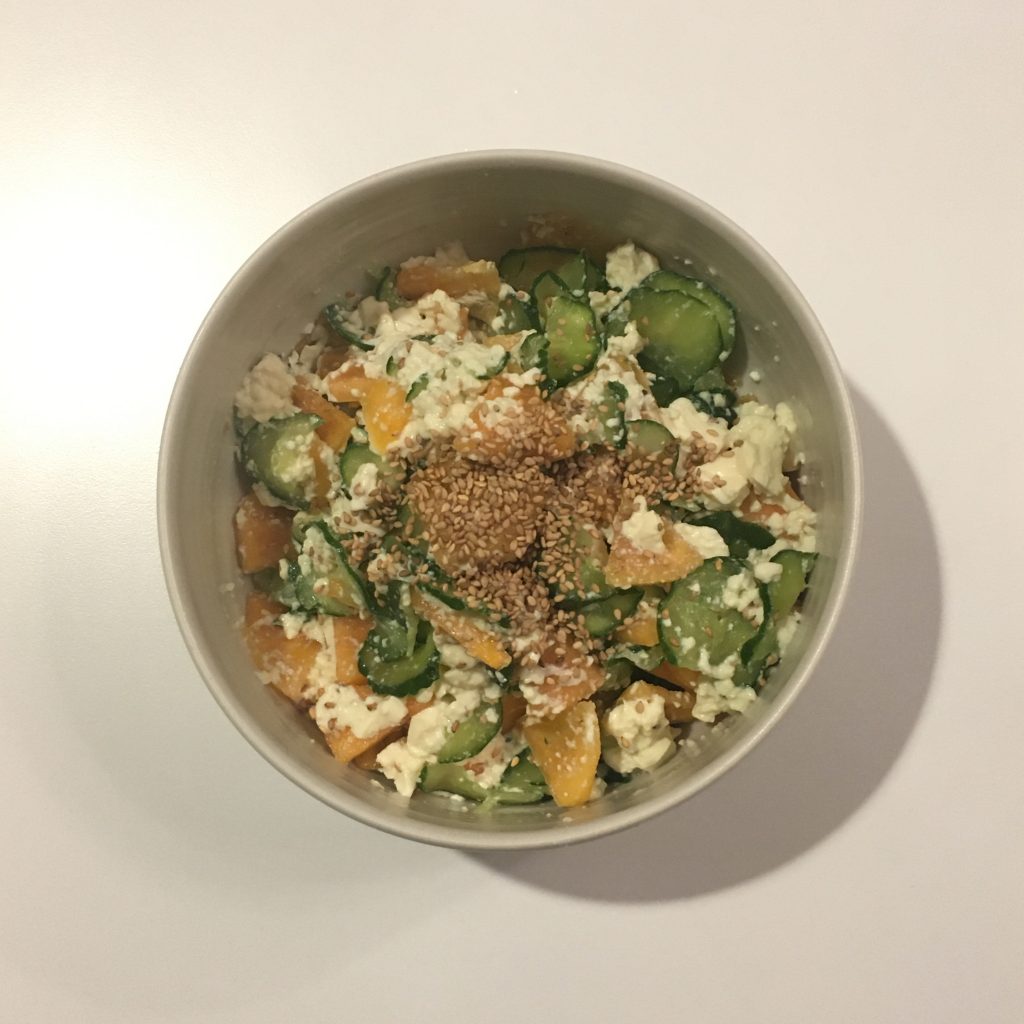
I’m hopping to be able to share a few new recipes in the coming days/weeks and in the meantime I’ll continue to cruise in the kitchen with all the classic recipes and the new ones that’ll pop in my head!
See you soon!
